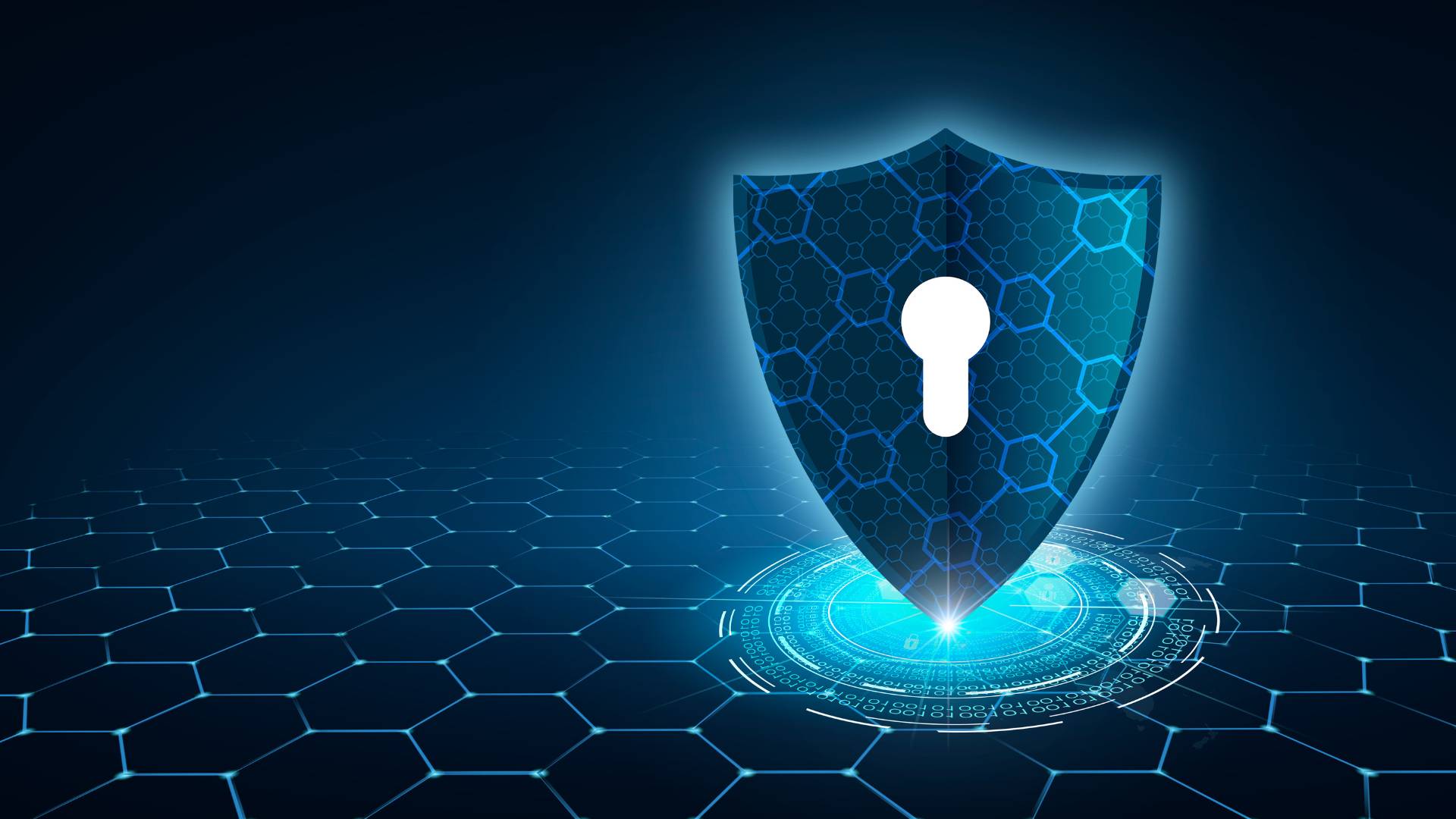The increasing sophistication of cybercriminals has made it more urgent than ever to stay informed. According to the National Cyber Security Alliance (NCSA), cyber fraud saw a significant surge during the first half of the 2020s, taking advantage of global events like the pandemic and large-scale infrastructure attacks. The Colonial Pipeline ransomware attack in 2021 is one example of how cyber threats can cause widespread disruption, leading to fuel shortages and panic. Cybercrime is not only an abstract concept but something that can disrupt our everyday lives, whether it is interfering with supply chains or stealing personal information at the gas pump.
It is crucial for each of us to play a part in safeguarding personal and professional data from cybercriminals. The following tips will help you stay secure while at home, working remotely or traveling, and ensure your “digital home” is protected.
Protecting Yourself at Home and While Traveling
In today’s interconnected world, the number of devices linked to the internet in our homes is staggering—everything from your smartphone to your refrigerator. This digital connectivity is convenient but also opens the door to cybercrime. To help reduce your risk, follow these cybersecurity tips from the NCSA:
- Secure Your Wi-Fi Network: The first line of defense for your home’s internet-connected devices is your wireless router. Make sure to change the factory-set username and password to a strong, unique combination. A secure password should be at least 8 characters long and include numbers, symbols and a mix of upper-case and lower-case letters. Avoid using the same username and password across different accounts and consider using a secure Password Manager to store your credentials.
- Disable Auto-Connect Outside of Home: Some devices automatically connect to available Wi-Fi networks or Bluetooth devices. This feature can expose your data to cybercriminals. Disable auto-connect features for public networks and ensure you are only connecting to trusted networks.
- Stay Secure on Public Networks and Browse with Caution: When using public Wi-Fi at places like airports or coffee shops, confirm the network’s name with staff to ensure it’s legitimate. Personal hotspots are often safer alternatives to public Wi-Fi. Always make sure that websites start with “https://” when you are shopping or banking online.
- Enable Multi-Factor Authentication (MFA): MFA requires you to use multiple verification methods to access an account, making it harder for cybercriminals to break in. Turn on MFA wherever possible, whether it is for your email, banking or social media accounts.
- Keep Your Software Updated: Regular updates to your device’s operating system, apps and security software are critical for protecting against the latest threats. Set up automatic updates where possible and be sure to investigate any system alerts that look suspicious.
- Monitor Your Apps: Many internet-connected devices are managed by mobile apps. Regularly review app permissions and delete apps you no longer use. Only download apps from trusted sources to minimize risk.
- Be Mindful on Social Media: Cybercriminals use information shared on social media to their advantage. Limit the amount of personal data you share online, like birthdays, addresses and travel plans, to avoid becoming an easy target.
- Back Up Your Data: Ensure that you regularly back up important files like photos, videos and financial documents to a secure cloud service or external hard drive. In case of a cyberattack, backups can save you from losing critical data.
- Be Cautious While Traveling: When you are away from home, stay vigilant. Be mindful of the digital breadcrumbs you leave behind, such as using public Wi-Fi or posting your location on social media.
Protecting Your Employer
Cyberattacks on businesses do not only affect the company and they can have widespread consequences. As we have seen from recent incidents, such attacks can disrupt critical services, even leading to shortages of essential goods. Many attacks exploit human error, such as employees clicking on malicious links or using weak passwords. Here is how you can help protect your workplace:
- Treat Business Information Like Personal Information: Confidential business data includes not only proprietary company information but also employee personal data, such as tax forms and payroll details. Do not share this information over unsecured networks or with unknown parties.
- Use Strong Passwords at Work: Just as you secure your home devices, ensure you are using strong, unique passwords for work accounts. Many modern devices are data-driven and constantly exchanging information, so it is essential to configure them securely to prevent breaches.
- Report Suspicious Activity: If you notice anything suspicious at work, whether it is outdated software or a phishing email, report it immediately. Your awareness could help prevent a significant breach.
- Be Cautious with Social Media: Criminals often use social media to gather information about businesses and their employees. Avoid oversharing on platforms and never conduct official business over social media.
- It Only Takes One Mistake: Many data breaches result from only one mistake, whether it is clicking on a malicious link or falling for a phishing scam. Always be cautious when receiving unsolicited requests for sensitive information.
Staying Safe
Cybersecurity is a shared responsibility. Take a moment to routinely assess your digital habits and share these tips with your friends, family and co-workers. While no one is immune to cyber threats, following these best practices can significantly reduce your risk.
Remember, even with all these precautions, cybercrime can still happen. That is why SESLOC offers Fully Managed Identity Theft Recovery1 services for account holders with a HomeFREE CheckingTM account2. If you suspect your identity has been compromised, our Identity Theft Recovery Advocates are here to help you recover and mitigate any damage.
Stay vigilant, stay secure and stay cybersmart!



 The workers are sooo nice and friendly!!"
The workers are sooo nice and friendly!!"